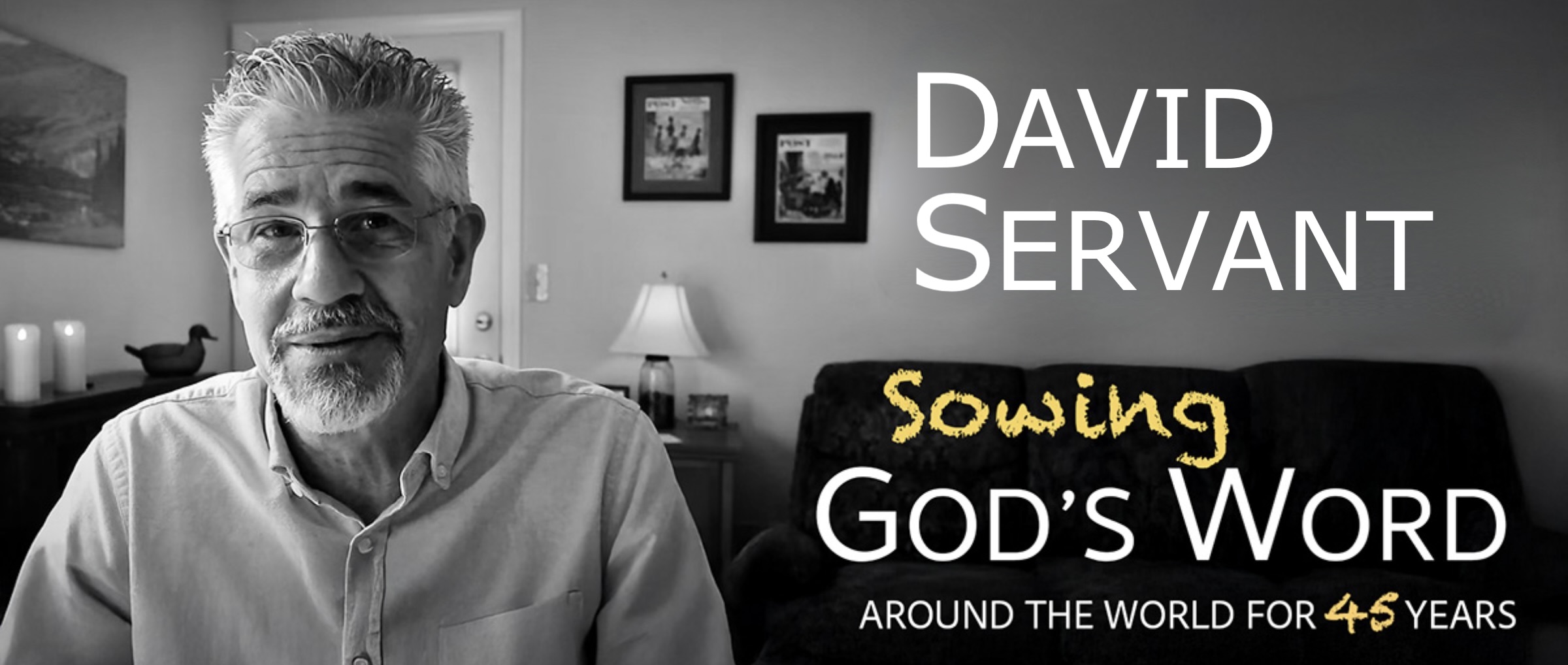No house church pastor/elder/overseer suffered ministerial “burnout” because of being overwhelmed with pastoral responsibilities, something that is widespread in the modern church. (One study reported that 1,800 pastors are leaving the ministry per month in the U.S.) He had only a small flock to look after, and if that flock supplied his financial needs so that the ministry was his vocation, he actually had time to pray, meditate, preach the gospel to unbelievers, assist the poor, visit and pray for the sick, and spend quality time equipping new disciples to do all those things right along with him. Church administration was simple.
He worked in unison with the other elders/pastors/overseers in his region. There was no striving to have “the biggest church in town” or compete with his fellow pastors to have the “best youth ministry” or the “most exciting kids’ church program.” People didn’t go to church meetings to judge how good the worship team performed or how entertaining the pastor was. They had been born again and loved Jesus and His people. They loved to eat together and share whatever gifts God had given them. Their goal was to obey Jesus and be ready to stand at His judgment seat.
To be sure, there were problems in house churches, and those are addressed in the epistles. But so many of the problems that inevitably plague modern churches and hinder disciple making were unheard of in the early church, simply because their model of the local church was so different than what evolved after the third century and since the dark ages. Again, allow this fact to sink in: there were no church buildings until the beginning of the fourth century. If you had lived during the first three centuries, how would your ministry have been different than it is now?
In summary, the more closely we follow biblical patterns, the more effective we will be in accomplishing God’s goal of making disciples. The greatest hindrances to disciple-making in churches today stem from unbiblical structures and practices.

